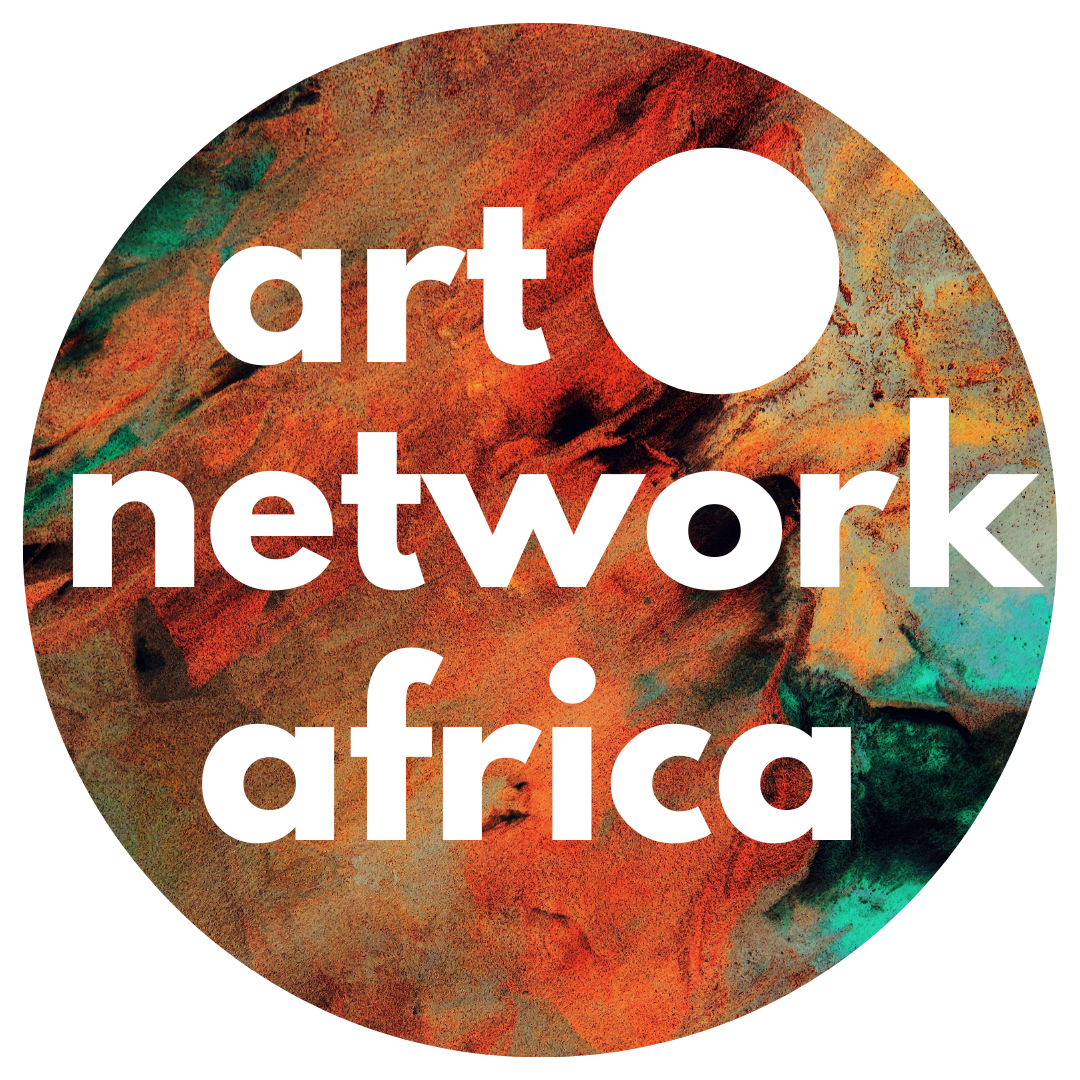Goodman Gallery London presents part one of a three-part exhibition between the UK, Europe and South Africa by the late Ernest Cole. In collaboration with the Magnum Gallery in Paris and the Ernest Cole Family Trust, ‘House of Bondage: Vintage works from the Ernest Cole Family Trust’ presents rare vintage prints by Cole that reveal the astonishing breadth of work created by the photographer during his brief career.
Following two major exhibitions in London at The Photographer’s Gallery and at Autograph, as well as Cole’s publications ‘House of Bondage’ and ‘The True America’, published by Aperture in 2022 and 2023, this show provides perspectives from South Africa and the wider continent, with artists, writers and curators examining Cole’s methodology and offering new insights into his work. Part l is at the London gallery as of November 2024 and will run until the 18th of January 2025. Part ll and lll will be shown in Magnum Gallery and Goodman Gallery in Cape Town, respectively, in January and February 2025. While all three exhibitions include vintage prints selected from ‘House of Bondage’, each exhibition promises to be unique.

Cole’s book ‘House of Bondage’, which came out to significant attention in 1967, exposed the horror of the Apartheid regime in South Africa. Over a period of seven years, Cole captured in his photographs, the myriad forms of violence embedded in the everyday life of the Black majority under Apartheid: at work, in the mines, in education, healthcare and on the street. In 1966 Cole fled South Africa to eventually settle in New York where ‘House of Bondage’ was published the next year alongside a powerful introduction by Joe Lelyveld, the South African correspondent of the New York Times, who was himself expelled from South Africa in 1966.
Shown across all three cities for the first time is a body of work titled “Black Ingenuity”, a photo essay which was excluded from ‘House of Bondage’. Following the discovery of Cole’s archive and vintage prints in 2017, this essay has only been belatedly recognised and has situated Cole amongst the avant garde of the time. It appears in a series of images taken in the informal and formal spaces permitted to Black creative expression and cultural activity taking place under apartheid. Images of artists attending exhibition openings and racially mixed political rallies and dance troupes, offer a new way of looking at the grim but ever mutating world of apartheid.

One of Cole’s most recognisable chapters from ‘House of Bondage’ is represented with a series of images from ‘The Mines’; Cole’s photographic essay captures the strategic and long-form effects of dispossession and racialised spatial division. A series of striking images in high contrast show the organisation and warehousing of black labour underground. Large groups of men photographed in tightly constrained space, allude to the contraction of economic opportunity and the dehumanising effects of the mine industry.
In contrast to the claustrophobia of ‘The Mines’, Cole’s photography in a chapter titled ‘Banishment’ presents life in exile. This series of images demonstrate banishment as a tool for political control and censorship. Taken at a remote detention camp called Frenchdale where inhabitants were banished without trial, the images are saturated with light taken in high exposure. Here, Cole’s sitters are pictured alone, captured in solitary contemplation. Littered amongst these spaces are their few possessions speaking to the absence of information and isolation of these remote spaces.

Cole’s images of Black South African experience under apartheid demonstrate remarkable skill. Cole was able to produce striking compositions that effectively communicated the psychological effects of oppression and created space for vital story telling, paving the way for successive generations of activist and front line photographers from South Africa. His legacy continues to inspire artists dealing with the ongoing consequences of apartheid its racial and spatial segregation that persist to this day.
Ernest Cole (b, Transvaal, South Africa, 1940; d. New York, 1990) is best known for ‘House of Bondage’, a photobook published in 1967 that chronicles the horrors of apartheid. After fleeing South Africa in 1966, he became a “banned person,” settling in New York. He was associated with Magnum Photos and received funding from the Ford Foundation to undertake a project looking at Black communities and cultures in the United States. Cole spent an extensive time in Sweden and became involved with the Tiofoto collective. He died of cancer at age forty-nine. In 2017, more than 60 000 of his works—missing for more than forty years—resurfaced in Sweden. In 2022, ‘House of Bondage’ was reissued by Aperture together with never before seen images of the United States of America, published in 2023.


